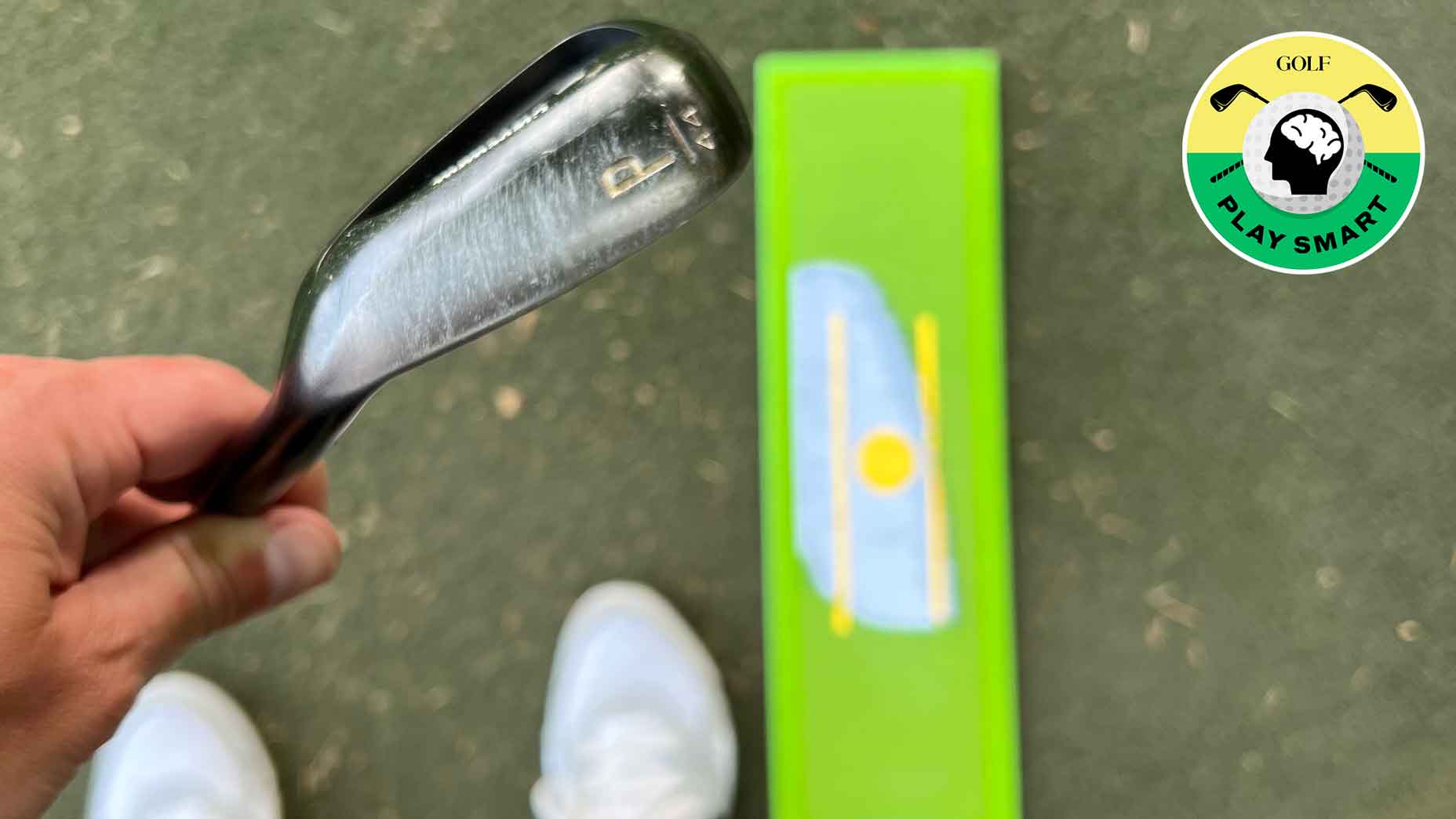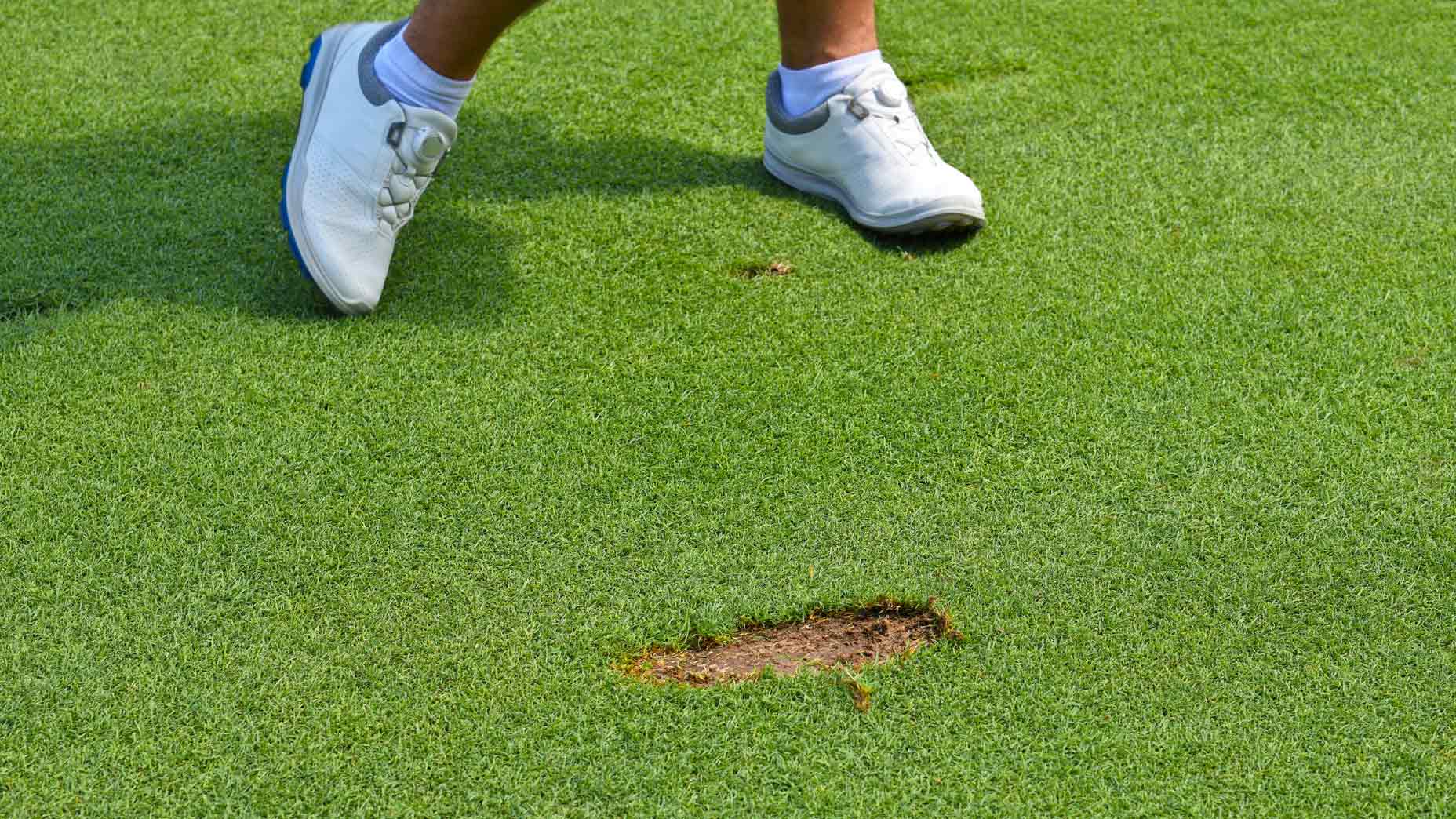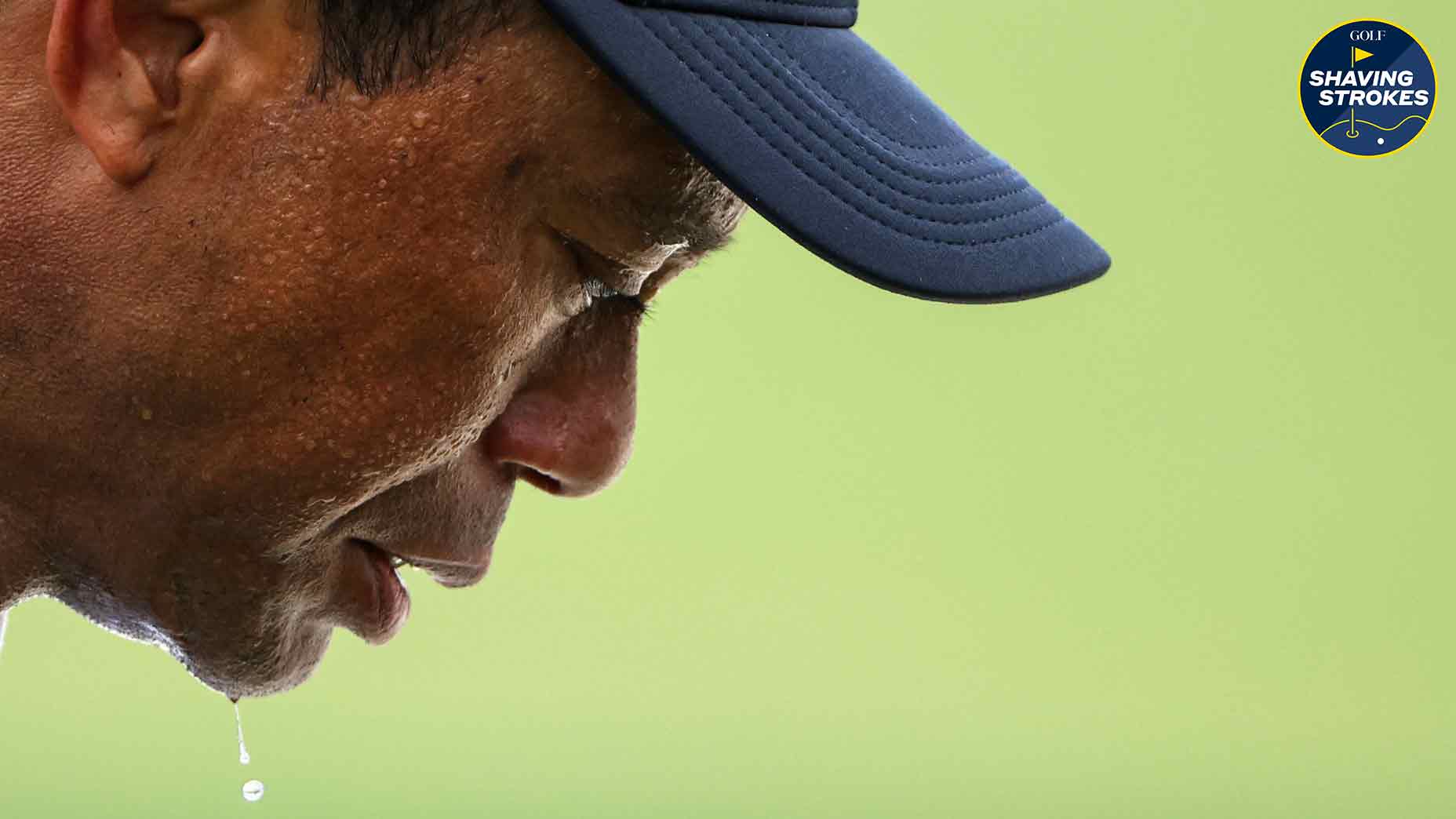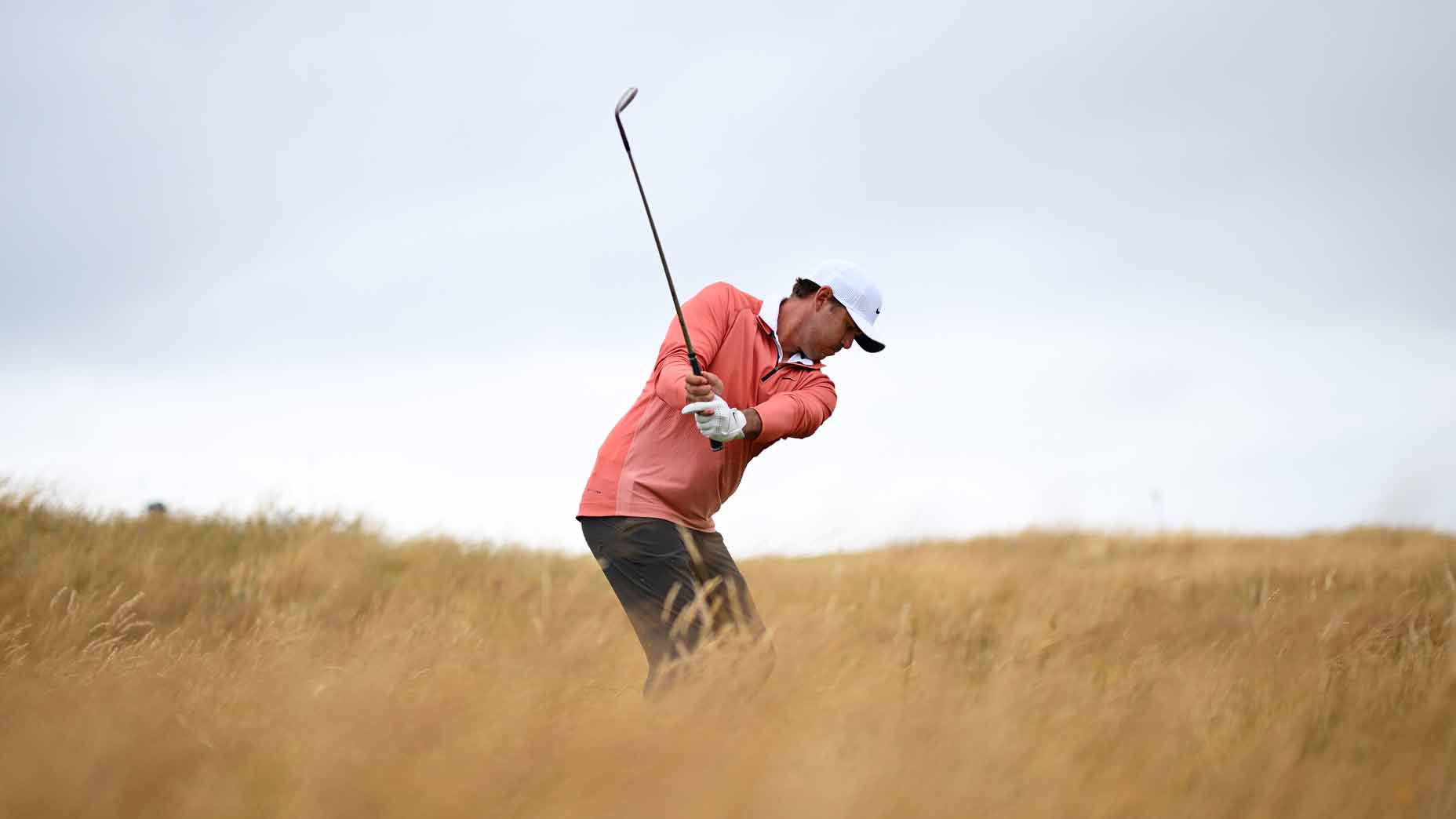What your divots can teach you about your swing

In your divots there are learnings.
Getty Images
Taking a divot is a scary proposition for many amateurs — but should it be?
Anyone who has watched superb golfers play (whether it be in person or on TV) often sees their divots flying gracefully through the air, heading straight down their target lines. The descending blow that creates divots allows players to strike the ball with accuracy, while also adding spin to better control the result.
If you’re like me, though, when you try to take a divot, you chunk your shot and watch the ball roll about 15 yards.
But did you know that every single one of your divots, both good and bad, tell a story about your shot? While it might be frustrating to analyze a divot after a suboptimal strike, doing so can lead to lessons that will help you improve your ball-striking.
So regardless of where your ball lands (left, right or dead center), here’s how your divots (or lack thereof) can actually help lead you to lower scores.
How to learn from your golf divots
Golf is hard…and confusing.
For example, to get loft on the ball, a player must hit down, allowing the club’s loft to lift the ball into the air (unless you’re hitting off a tee). A downward blow creates compression, which is something with which many amateurs struggle.
So instead of trying to lift the ball, hitting down and creating a divot after impact will lead to better results.
This is where you can learn from your divots after each shot.
Front divot
If you’re striking the ball the right way, your divot will be in front of the ball. When this happens, it means you’re engaging with the turf properly, allowing the club’s loft to work its magic — and, typically, leading to a flush shot.
Back divot
This type of golf divot is more common for amateurs, as a back divot is one that often leads to a thick, fat or shanked shot. This means you’re probably coming down too steep on the ball.
Deep divot
A general rule is that every divot should resemble a bacon strip. This means there’s little digging into the turf, and that both the inside and outside edges should have a similar depth. Anything too deep will result in a poor strike.
Directional divot
If your divot is pointing to the right or left, it means you’re either opening or closing the clubface too much at impact — an issue often caused by improper swing path. These types of divots result in hooked or sliced shots, and usually mean you’re losing distance from a poor strike.
What is the perfect golf divot for each club?
Not every divot should be the same, so it’s important to understand what each one should look like depending on the club you’re using. Here’s a quick guide to follow:
Driver. Nobody ever wants to make a divot with the driver. Sure, it happens, but hopefully not often. This is the one club you want to make sure you’re hitting up on.
Fairway woods. You shouldn’t have a deep divot, but there should be turf interaction when using your fairway wood, so a small divot is OK. Just remember not to get too steep in the swing; otherwise, it’ll turn into chunk city.
Mid-irons. It depends on the club you’re using — a 4-iron should produce a smaller divot than, say, a 9-iron — but, generally speaking, these divots shouldn’t be too deep or too long. Something between 4-6 inches is good barometer to follow.
Wedges. Of any clubs in your bag, wedges should be the ones that produce the biggest and longest divot, with the deepest point being about “three inches forward of where the ball contacts the ground,” according to GOLF Top 100 Teacher Andrew Rice.
Now that you have a better understanding of divots, hopefully you can apply some of the information to your game. By improving your compression and hitting the low point of the club, your ball-striking will improve and you’ll hit better shots.
Even when you mishit the ball, take a moment to look at your divot to see what it’s telling you. Instead of just accepting the outcome of the shot, make a mental note and analyze what might have gone wrong in your swing. Every little detail (even a small one like this) is a step toward becoming a better player.
Divot Board
$99.99
View Product













